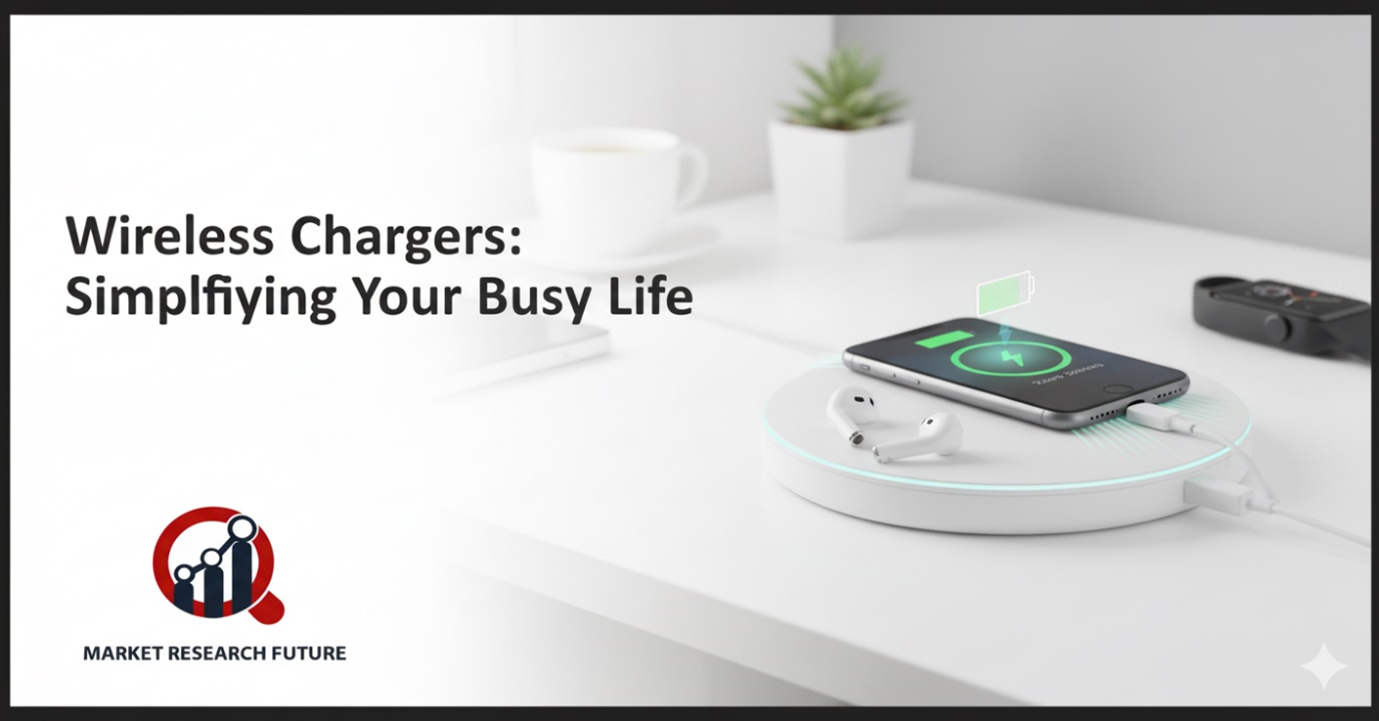The Wireless Charging Industry Gets Hyped Up Due To Consumer Lifestyle Changes
Wireless Chargers: Simplifying Your Busy Life

Wireless charging isn’t just a novelty anymore — it’s becoming essential. With so many of us juggling smartphones, wearables, laptops, and more, wires are starting to feel like a problem from the past. The more connected we get, the more we crave simplicity — and wireless charging delivers exactly that.
New Standards Fuel Faster, Cleaner Power
One of the biggest shifts in this space is the rise of the Qi2 standard. It’s pushing wireless charging speeds higher while ensuring smoother compatibility across devices and brands. That means fewer issues and a more consistent experience. Many tech companies are already adopting Qi2-enabled chargers to make charging faster, safer, and more efficient.
Magnetic alignment has also improved. Devices with built-in magnets or magnetic accessories now align perfectly with charging pads, making the process more reliable and less wasteful. Even the automotive sector is exploring moving-coil wireless chargers that automatically adjust to where the phone or device rests.
Lifestyle Shifts Drive Demand
Modern lifestyles are another big driver. Urbanization, smaller living spaces, and life on the move are fueling demand for convenience. Wireless charging is finding its way into cafes, offices, cars, and even furniture. The Asia-Pacific region continues to lead this charge, with rising smartphone use, wearable adoption, and tech-driven lifestyles making wireless charging a natural fit for consumers who prefer minimal clutter and maximum convenience.
Challenges Still in the Way
Of course, there are hurdles. Not every device supports the latest standards. Some brands still rely on proprietary fast-charging systems that work only with their own ecosystem. Heat management, efficiency, and cost remain concerns. And while wireless charging offers flexibility, wired options often still deliver faster speeds, which keeps many consumers loyal to traditional methods.
The Future
Wireless charging is set to blend more seamlessly into everyday life — from desks and cars to smart furniture and public spaces. As technology improves, efficiency will rise, costs will fall, and compatibility will broaden. Soon, wireless charging won’t feel futuristic. It’ll simply be the normal, effortless way we power our world.

Leave a Comment